Constipation and weight gain are common complaints during the initial transition to a gluten-free diet. Most don’t realize that merely changing to a gluten-free bread or grain may result in lowering your dietary fiber intake.
The recommended daily allowance (RDA) of fiber is 28-35 grams, but the average American’s intake is only 10-12 grams,1 and this is on a non-restricted diet. A gluten-free diet can make it more challenging because it must remove America’s most popular choices of fiber: gluten-filled whole grains.
An easy solution is to increase your plant-based foods.
The benefits of fiber include detoxification, improved digestion, feeding the good gut bacteria, regular bowel movements, lower cholesterol, weight management, and less risk of certain diseases including diabetes and cancer.2 Fiber is broken down into soluble and insoluble fibers. Soluble is gel-like; it ferments and absorbs liquid in the digestive tract. Insoluble is commonly known as roughage and provides bulk.
Dr. S. Boyd Eaton’s research points out that our ancestor’s fiber consumption was likely more than 100 grams/day.3 Dr. Andrew Weil believes the optimum modern diet should provide around 40 grams of fiber a day.4 To reach these recommendations, it is important to expand the variety and sources of fiber, focusing on plants, and not relying so much on grains.
You are likely familiar with common fiber sources such as beans and oats; but non-starchy vegetables, root vegetables (tubers), fruits, nuts, and seeds all provide an optimal balance of the various types of fiber needed. Here is a list of healthy, grain-free, gluten-free sources of fiber for you to pile onto your plate this summer:
Nuts – grams per one-ounce serving:
- Almonds – 4
- Brazil nuts – 12
- Cashews – 1
- Pine nuts – 12
- Pistachios – 3
- Walnuts – 2
Seeds – in grams:
- Chia (2 Tbsp) – 10
- Flaxseeds (2 Tbsp) – 4
- Hempseeds (2 Tbsp) – 2
- Pumpkin seeds (1/2 cup) – 3
- Sunflower seeds (1/2 cup) – 6
- Sesame seeds (1/4 cup) – 4
Fruits and vegetables – in grams per cup:
- Apple (small) – 2.8
- Blackberries – 8
- Blueberries – 4
- Raspberries – 8
- Strawberries – 3
- Collard greens – 5
- Kale – 2.6
- Sweet Potato – 4
- Spinach – 5
- Swiss chard – 4
- Mushrooms – .8
- Spaghetti squash – 2
- Summer squash – 5
- Acorn squash – 9
- Butternut squash – 6
- Zucchini squash – 3
Fiber supplements are not the best way to reach the RDA, as these products are usually processed, and include questionable fillers, such as gluten. However, some restricted diets require fiber supplementation. In these cases, it is recommended that the fiber source come from organic acacia fiber, or modified citrus pectin fiber. If you choose psyllium husk, please use with caution as it can obstruct the colon, or cause choking. Fiber intake should be slowly increased to avoid digestive problems, and note that all fiber will lower blood sugar levels.
Tiffany is a Certified Nutrition Consultant and Functional Diagnostic Nutrition Practitioner and can be reached at (760)285.1221 www.GlutenFreeWithTiffany.com
References: 1) http://www.ncbi.nlm.nih.gov/pubmed/22709768 2) http://www.ncbi.nlm.nih.gov/pubmed/19335713 3) http://www.gregdavis.ca/share/paleo-articles/academic/The%20Ancestral%20Human%20Diet%20by%20S.%20Boyd%20Eaton.pdf 4) http://www.drweil.com/drw/u/ART02046/Optimum-Health.html








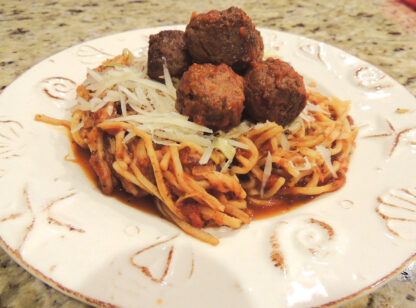

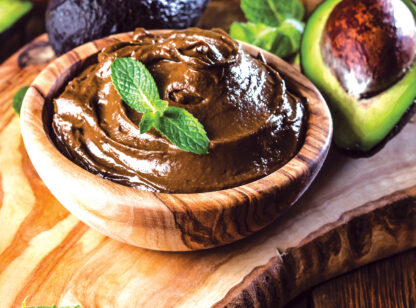




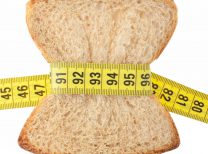

























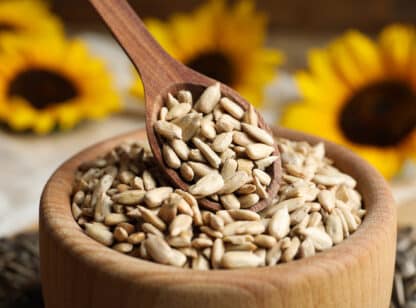

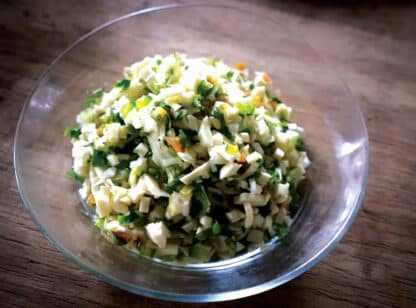

Comments (1)
[…] High Fiber Gluten-free Foods […]